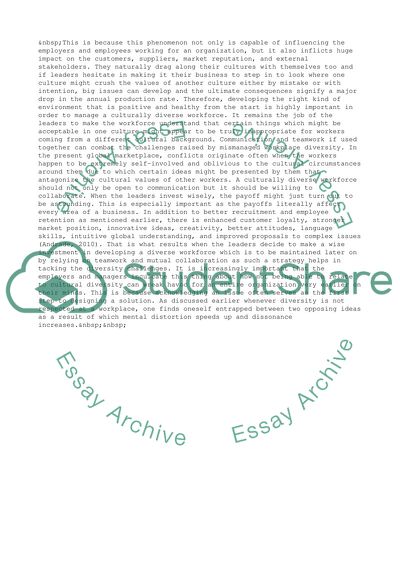Cite this document
(“Managing a Diverse Workforce Around the World Research Paper”, n.d.)
Managing a Diverse Workforce Around the World Research Paper. Retrieved from https://studentshare.org/management/1401183-managing-diversity
Managing a Diverse Workforce Around the World Research Paper. Retrieved from https://studentshare.org/management/1401183-managing-diversity
(Managing a Diverse Workforce Around the World Research Paper)
Managing a Diverse Workforce Around the World Research Paper. https://studentshare.org/management/1401183-managing-diversity.
Managing a Diverse Workforce Around the World Research Paper. https://studentshare.org/management/1401183-managing-diversity.
“Managing a Diverse Workforce Around the World Research Paper”, n.d. https://studentshare.org/management/1401183-managing-diversity.


